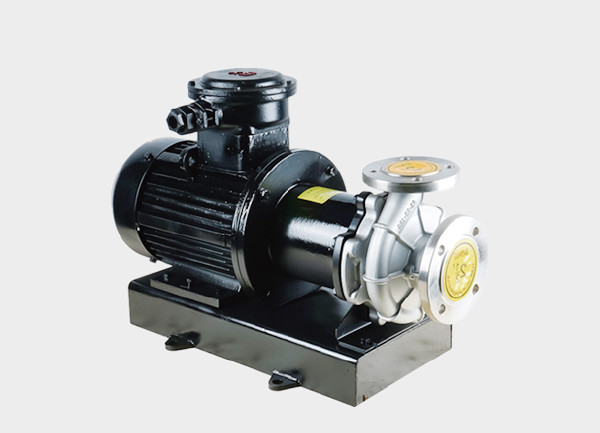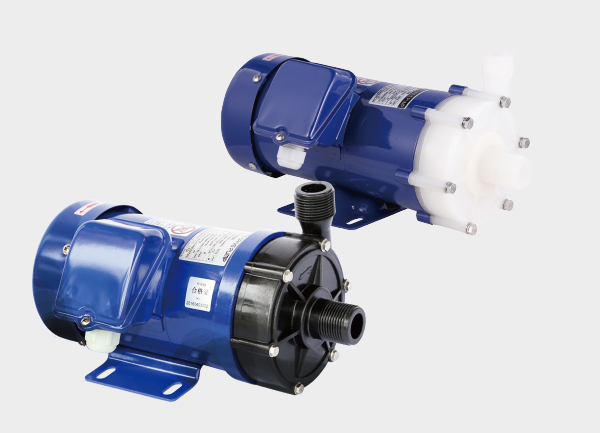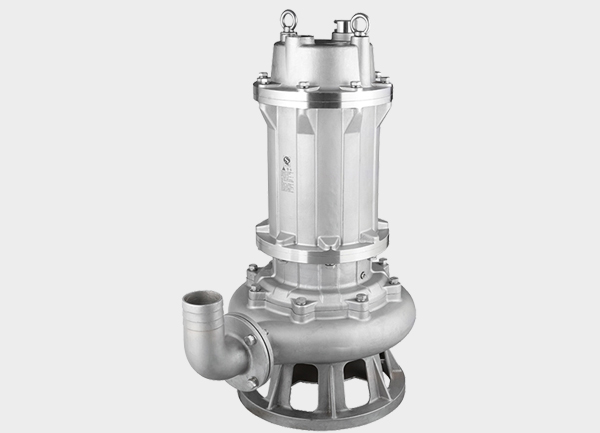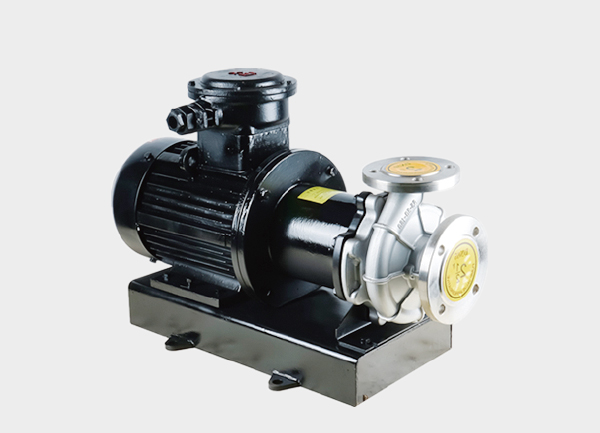Centrifugal pumps are among the most widely used fluid transfer devices in both industrial and civil sectors. Their core advantages lie in stable flow, simple structure, low cost, and broad adaptability to different media (such as water, oil, acids, alkalis, and slurries). Because of these strengths, centrifugal pumps are extensively applied across numerous industries. Below is a detailed breakdown of their main application scenarios, categorized by sector.
1. Industrial Production (Core Applications)
Industry is the largest application area for centrifugal pumps. Virtually every production process that involves fluid transfer relies on centrifugal pumps. Key fields include:
1.1 Chemical and Petrochemical Industry
Fluid Transfer: Transporting acidic and alkaline solutions (e.g., sulfuric acid, sodium hydroxide), organic solvents (e.g., ethanol, methanol), and liquid raw materials (e.g., ethylene glycol, benzene). Pumps made of corrosion-resistant materials (stainless steel, fluoroplastics, rubber-lined) are used to avoid equipment damage.
Process Support: Assisting in reactor feeding, distillation column reflux, and product tank filling. For example, in chemical synthesis, centrifugal pumps deliver liquid reactants into reactors at controlled ratios.
Petrochemical Applications: Crude oil transport in oilfields (requiring pumps tolerant of high viscosity and sand-laden fluids); in refineries, handling gasoline, diesel, lubricants, and multiphase oil-gas mixtures.
1.2 Power Industry
Boiler Feedwater: In thermal power plants, high-pressure centrifugal feedwater pumps deliver deoxygenated, softened water into boilers, ensuring efficient steam generation under extreme temperature and pressure.
Cooling Systems: Circulating cooling water for turbines, generators, and auxiliary equipment to prevent overheating.
Other Uses: Transporting condensate from condensers or handling limestone slurry in flue gas desulfurization systems (requiring wear-resistant slurry pumps).
1.3 Metallurgy and Mining
Cooling Systems: Supplying cooling water for blast furnaces, converters, and electrolytic cells in steelmaking and non-ferrous metallurgy (e.g., copper, aluminum).
Slurry Transport: Using abrasion-resistant slurry pumps to convey ore slurries (30%–60% solid content) in mineral processing plants for flotation, gravity separation, or tailings disposal.
Acid/Alkali Handling: Pumping pickling solutions (sulfuric acid, hydrochloric acid) in steel descaling, or transporting electrolytes in electroplating operations.
2. Municipal and Civil Applications
2.1 Water Treatment Industry
Drinking Water Supply: Intake pumps draw water from rivers or reservoirs, which is then treated and pressurized by booster pumps before entering urban water networks. Secondary booster pumps ensure stable pressure in high-rise buildings.
Wastewater Treatment: Centrifugal pumps handle raw sewage, aeration tank mixed liquor (return pumps), thick sludge (sludge pumps), and treated effluent (discharge pumps).
Water Reuse: Pumps distribute reclaimed water (treated wastewater) for municipal irrigation, industrial cooling, and other recycling uses.
2.2 Buildings and Fire Protection
Building Water Supply: Vertical or variable-frequency centrifugal pumps are widely used in secondary water supply systems for high-rise buildings.
Firefighting Systems: Fire pumps deliver water from storage tanks to hydrants and sprinkler systems at high pressure, meeting fire safety standards.
Building Drainage: Submersible centrifugal pumps are used in basements and underground parking areas to prevent flooding.
2.3 HVAC (Heating, Ventilation, and Air Conditioning)
Air Conditioning Systems: Circulating chilled water (for cooling) and hot water (for heating) between indoor units and central chillers or boilers.
Underfloor Heating: Small centrifugal pumps in household or commercial systems circulate hot water through floor piping for space heating.
3. Agriculture and Environmental Protection
3.1 Agriculture
Irrigation: One of the most common uses—centrifugal pumps draw water from wells, rivers, or reservoirs to irrigate farmland via canals, drip irrigation, or sprinklers.
Aquaculture: Pumps circulate water in fishponds, power aeration devices, or create water flow to increase oxygen levels for healthier fish growth.
3.2 Environmental Protection
Leachate Treatment: Corrosion-resistant pumps handle leachate from landfills (highly concentrated wastewater containing heavy metals and organics).
Exhaust Gas Scrubbing: Pumps circulate scrubbing liquids (alkaline solutions) in absorption towers to neutralize industrial flue gases (SO₂, VOCs, etc.).
4. Special Applications
4.1 Food and Pharmaceutical Industry
Hygienic Fluid Transfer: Sanitary centrifugal pumps (polished interiors, dead-angle-free, easy to clean) transfer raw food liquids (milk, juice, syrup) and pharmaceutical fluids (pure water, liquid medicines), ensuring compliance with FDA and GMP standards.
Examples: Dairy plants pumping fresh milk into pasteurizers; pharmaceutical factories delivering injection water to filling lines.
4.2 Marine and Offshore Engineering
Shipboard Systems: Centrifugal pumps supply potable water and circulate seawater for engine cooling.
Ballast Water Management: Regulating ballast water intake and discharge to stabilize vessels during loading/unloading.
Offshore Platforms: Handling crude oil, drilling mud, and seawater cooling on offshore oil and gas platforms.
4.3 New Energy Industry
Battery Manufacturing: Pumping lithium battery electrolytes (lithium salts in organic solvents) and cathode material slurries (e.g., ternary, LFP).
Photovoltaics: Circulating abrasive slurries (silicon carbide suspension) in wafer cutting and supplying ultrapure water for solar panel cleaning.
Conclusion
Centrifugal pumps are indispensable wherever fluid transfer is required. Their versatility comes from the ability to match pump type and material with fluid properties (corrosive, viscous, abrasive) and operating conditions (pressure, temperature, flow). From core industrial production to daily water supply, from agriculture to environmental protection, centrifugal pumps serve as the driving force for reliable fluid circulation.








